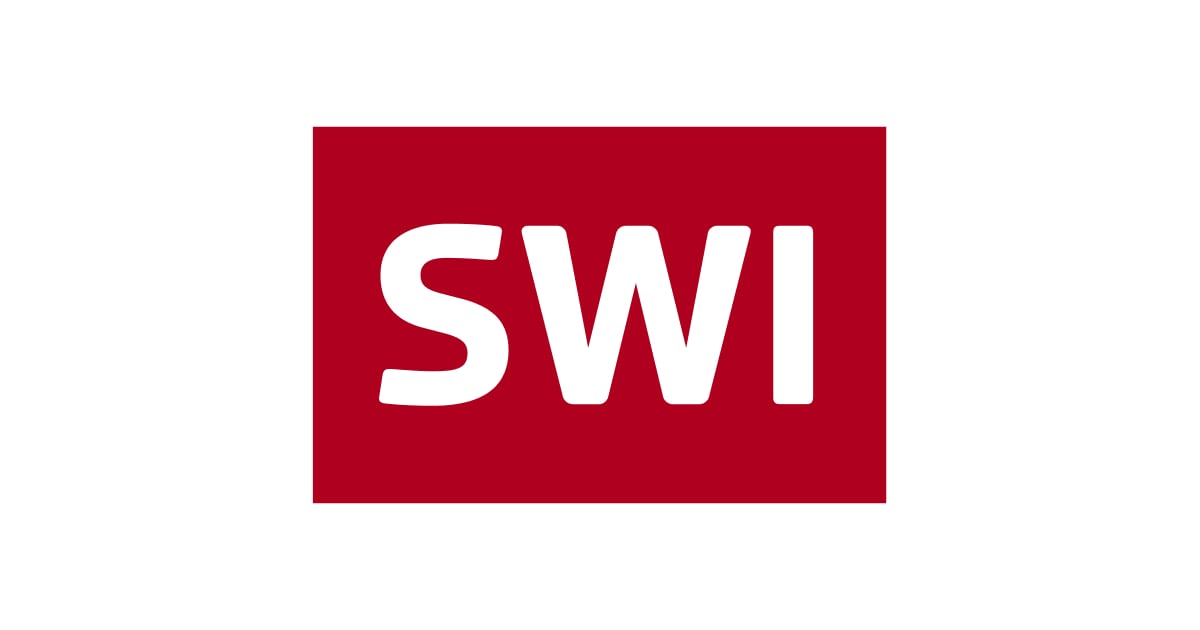
Schroders Sees Private Equity Exit Strategies Reshaping Industry
(Bloomberg) — Continued ownership structures favored by private equity firms in a challenging exit environment could make it harder for larger sponsors to pursue new deals as they ultimately transform the industry’s buyout model, according to a study by Schroders Plc.
It’s not uncommon for mid and large buyout firms to purchase assets from smaller funds, but now even those at the bottom end of the market are turning to continuation vehicles so frequently that it may disrupt this type of chain buying within the PE industry, according to Schroders Capital, a division of the London-based asset manager.
Continuation vehicles have exploded in popularity as PE firms look for fresh ways to generate returns for investors amid a drought in dealmaking. They not only allow buyout firms to hold on to portfolio companies beyond the typical 10-year lifespan of a fund, but also help bring in new investors while offering existing ones the chance to sell their stake.
Continuation investments will displace 8% of total deal flow for mid and large buyouts over the next 10 years, the research paper said, noting that fund-to-fund transactions, or secondary buyouts, have traditionally been a key source of deal flow, representing about half of new investment volume.
“The rise of continuation investments is not only altering how assets are exited — for those investors who opt to cash out — it is actively reshaping the private equity buyout model itself,” Nils Rode, chief investment officer at Schroders Capital, and his co-authors wrote in the research paper.
“The most significant disruption is not in the concept of holding companies for longer under private equity ownership, but rather in who retains ownership,” they added.
Continuation-related buyout and growth capital exits touched $45 billion in 2024, representing about 7% of PE distributions, according to the study.
Now, even with a resurgence in M&A and IPO volumes, some say that the CV market will continue to grow, especially with PE firms arguing that they reserve these vehicles for their best and fastest-growing assets. Total continuation investment volumes are set to increase to more than $300 billion by 2034, from a little more than $70 billion in 2024, according to Schroders Capital.
“There will be some gradual industry reconfiguration,” Rode said in an interview separately.
CVs are a “cost-effective way to continue transformational growth” of a firm under private equity ownership, without the disruption of a change in control, according to the study. As for investors, these deals offer potentially more predictable and stable returns, while also showing a faster route to liquidity, they added.
General partner fees for CVs are typically half of those charged for regular investments, while liquidity can be faster by as much as 25%, Rode said in the interview, adding that the structures also hold a lot of appeal for the type of wealthy individual investor the PE industry is now looking to attract.
“Fewer surprises, lower costs and faster liquidity, that’s exactly what the wealth segment is looking for,” Rode said.
–With assistance from Jeremy Hill.
©2025 Bloomberg L.P.

































